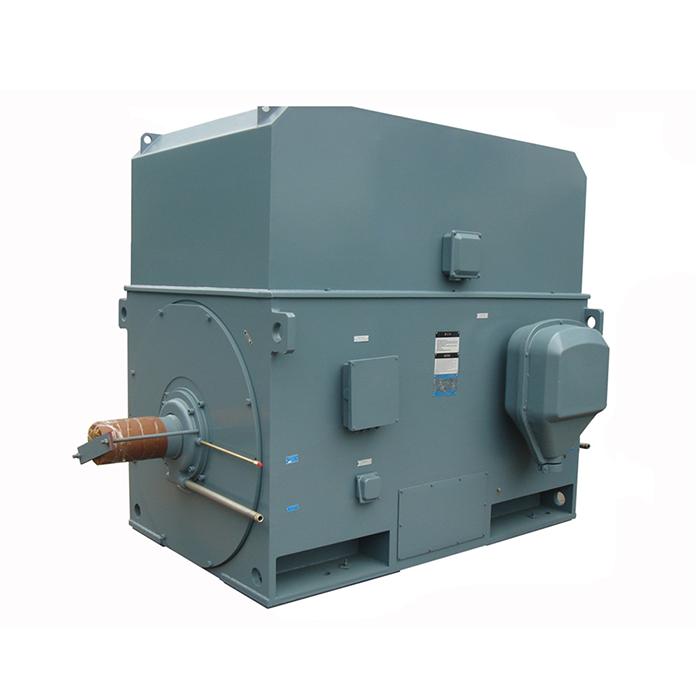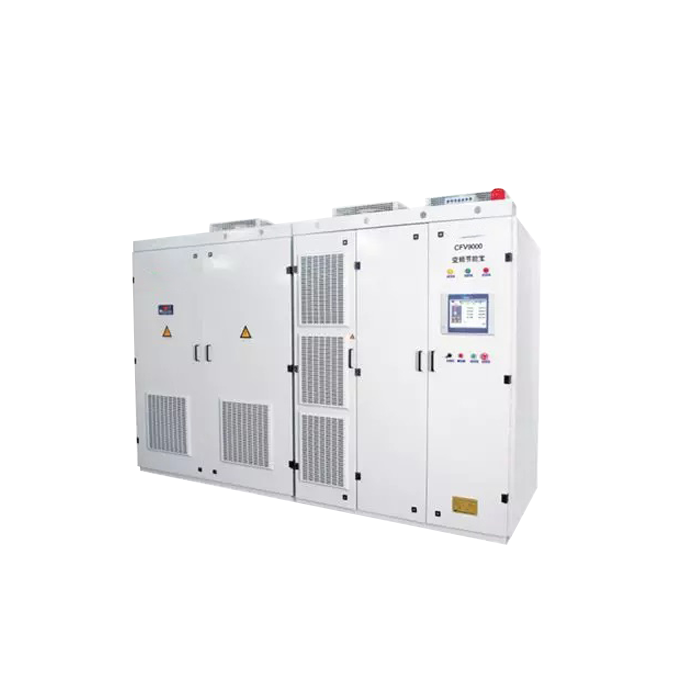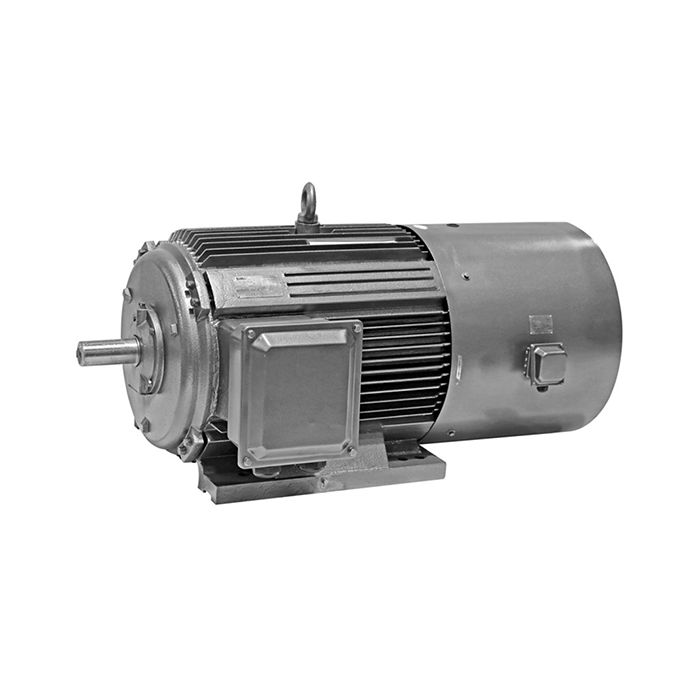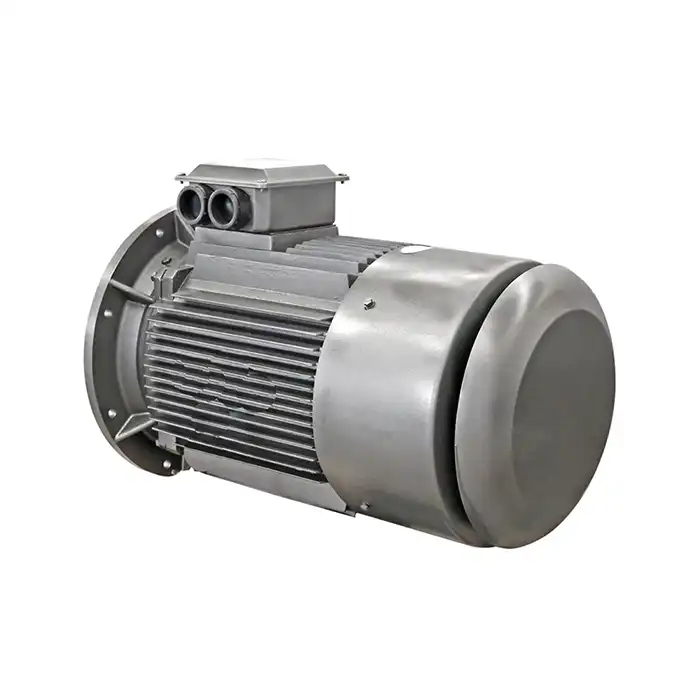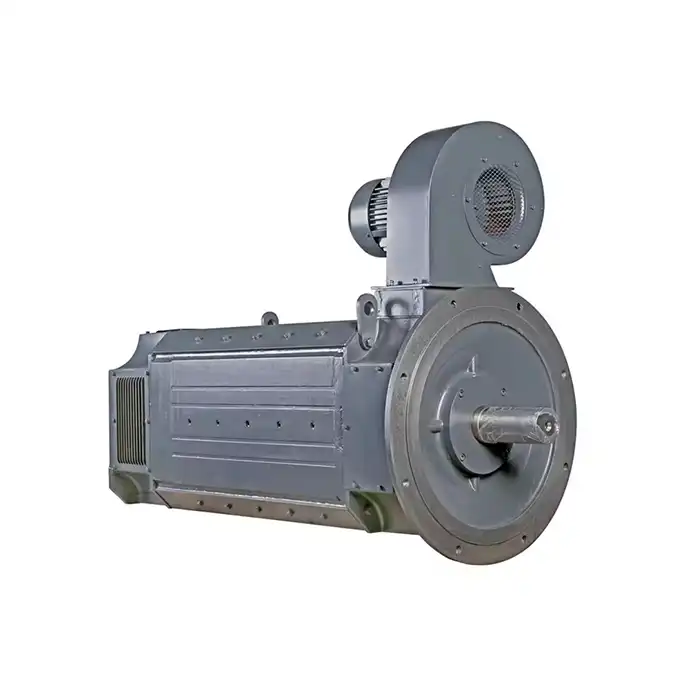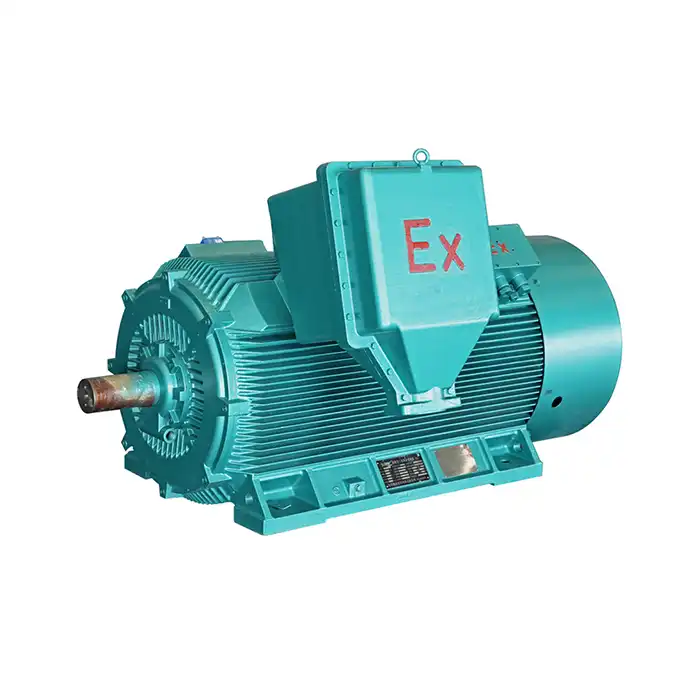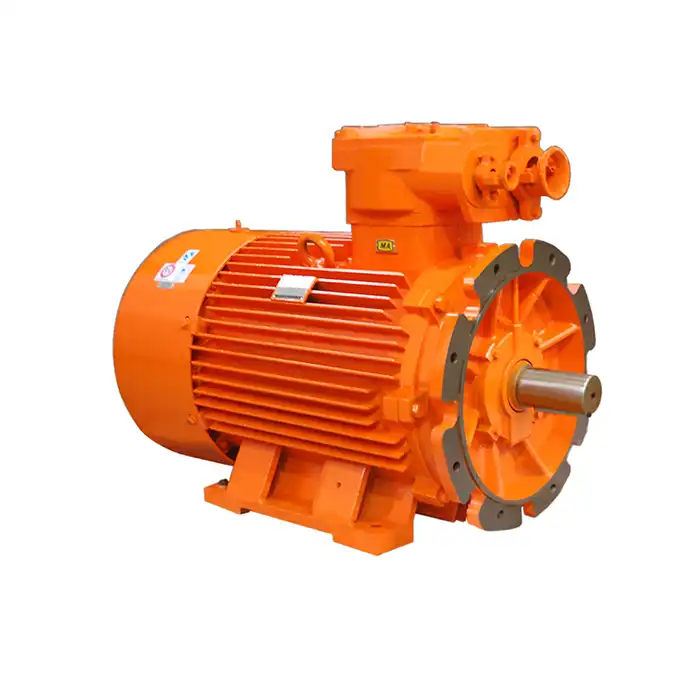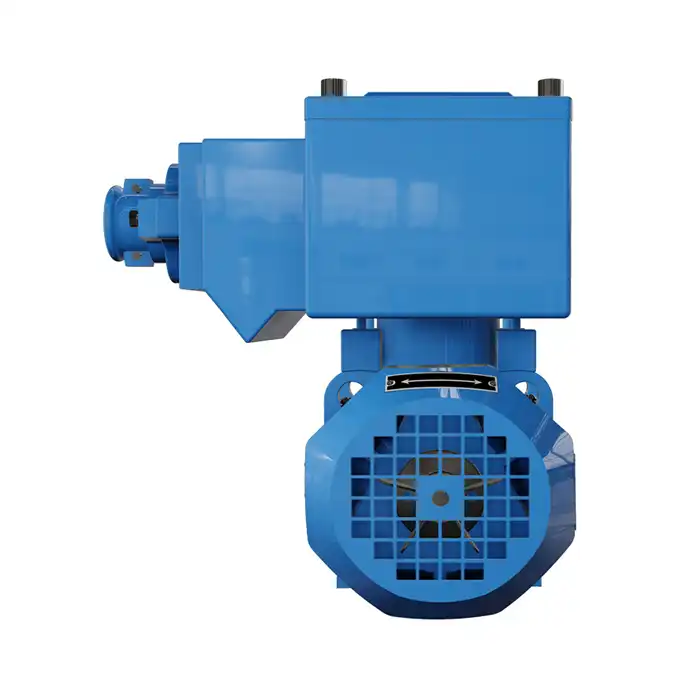Power Output vs. Size: Finding the Perfect Balance
One of the primary considerations when selecting a water cooled electric motor is striking the right balance between power output and size. These motors are known for their ability to deliver high power in a compact form factor, thanks to their efficient cooling system.
Understanding Power Density
Power density refers to the amount of power a motor can produce relative to its size. Water cooled motors typically have higher power density compared to their air-cooled counterparts. This means they can deliver more power in a smaller package, which is particularly beneficial in applications where space is at a premium.
Sizing Considerations
When evaluating the size of a water cooled electric motor, consider not just the motor itself, but also the space required for the cooling system. While the motor may be compact, you'll need to account for:
- Water jackets or cooling channels
- Inlet and outlet connections for coolant
- Potential space for a heat exchanger or radiator
Power Range and Application Matching
Water cooled electric motors are available in a wide power range, typically from 220kW to 6300kW. It's essential to match the motor's power output to your specific application requirements. Consider factors such as:
- Load characteristics (constant or variable)
- Starting torque requirements
- Operating speed range
- Duty cycle (continuous or intermittent operation)
Insulation Classes: Ensuring Longevity in Harsh Environments
The insulation class of a water cooled electric motor is a critical specification that determines its ability to withstand high temperatures over extended periods. Understanding insulation classes is essential for ensuring the longevity and reliability of your motor, especially in demanding industrial applications.
Common Insulation Classes
Water cooled electric motors typically use one of two insulation classes:
- Class F: Rated for a maximum temperature of 155°C (311°F)
- Class H: Rated for a maximum temperature of 180°C (356°F)
Temperature Rise and Insulation Life
While the insulation class indicates the maximum temperature, it's important to consider the motor's temperature rise during operation. A lower temperature rise means:
- Extended insulation life
- Improved motor reliability
- Potential for longer intervals between maintenance
Environmental Factors
When selecting an insulation class, consider the environmental conditions in which the motor will operate:
- Ambient temperature
- Humidity levels
- Presence of corrosive substances
- Altitude (which can affect cooling efficiency)
Noise Levels: Why Decibel Ratings Matter?
While water cooled electric motors are generally quieter than their air-cooled counterparts, noise levels can still be a significant consideration in many industrial applications. Understanding and evaluating noise levels is crucial for maintaining a safe and comfortable working environment.
Decibel Ratings Explained
Noise levels for electric motors are typically measured in decibels (dB). When evaluating noise levels:
- Lower dB ratings indicate quieter operation
- Every 10 dB increase represents a doubling of perceived loudness
- Most industrial environments aim for noise levels below 85 dB to comply with occupational safety standards
Factors Affecting Noise Levels
Several factors can influence the noise levels of a water cooled electric motor:
- Motor speed (higher speeds generally produce more noise)
- Bearing quality and condition
- Alignment of the motor and driven equipment
- Efficiency of the cooling system
- Quality of installation and mounting
Noise Reduction Techniques
If noise levels are a concern in your application, consider these noise reduction strategies:
- Use vibration isolation mounts
- Install sound-absorbing enclosures
- Implement regular maintenance to address potential noise sources
- Choose motors with advanced noise reduction features, such as optimized fan designs
Call to Action
The water cooled electric motors that are produced by XCMOTOR are of the highest quality and are designed to fulfil the specific requirements of a wide range of industries. We stand behind our motors with thorough technical assistance and after-sale service, and they operate exceptionally, use very little energy, and last a long time. Optimal performance and dependability in your application are guaranteed with our solutions, which may be customised to match your individual requirements.
Ready to find the perfect water cooled electric motor for your needs? Contact our expert team today at xcmotors@163.com to discuss your requirements and discover how our products can enhance your operations. Let us help you power your success with our advanced motor solutions.



